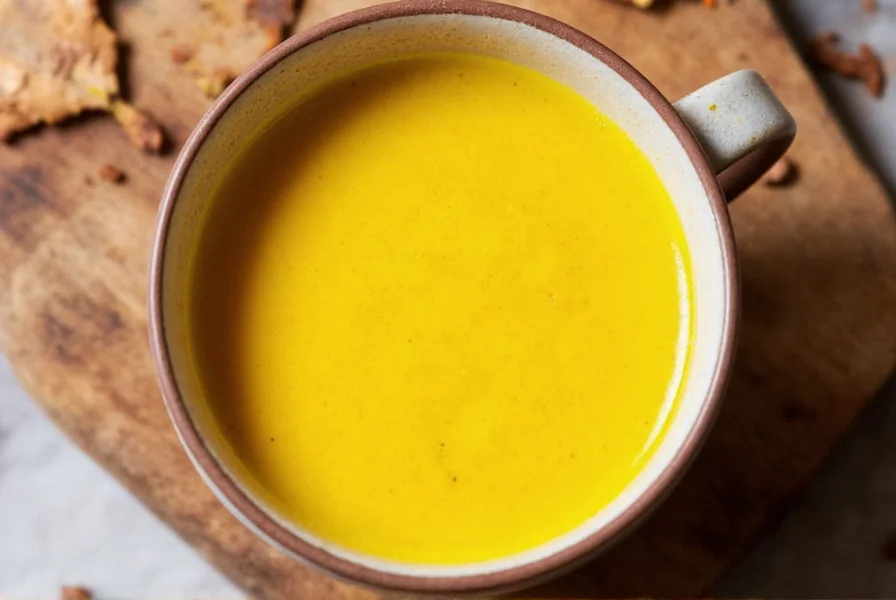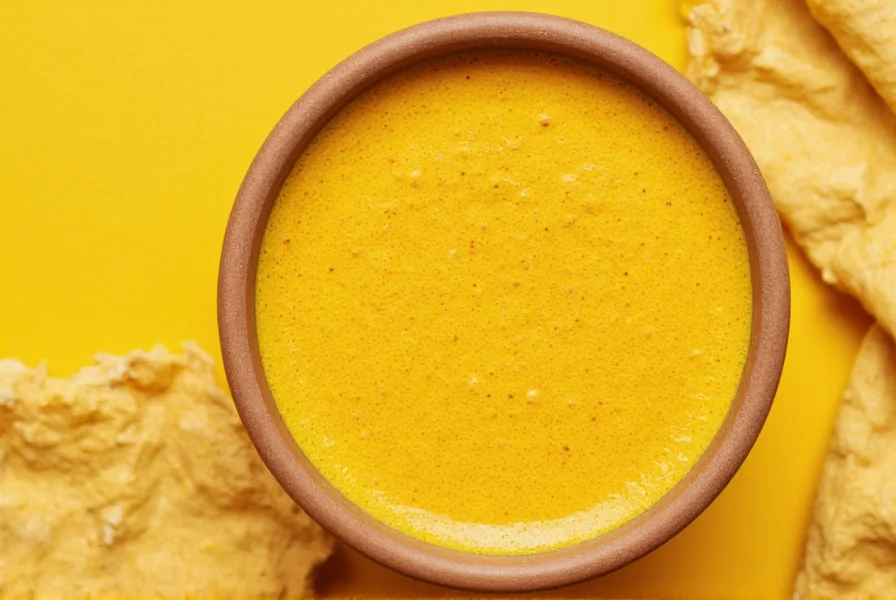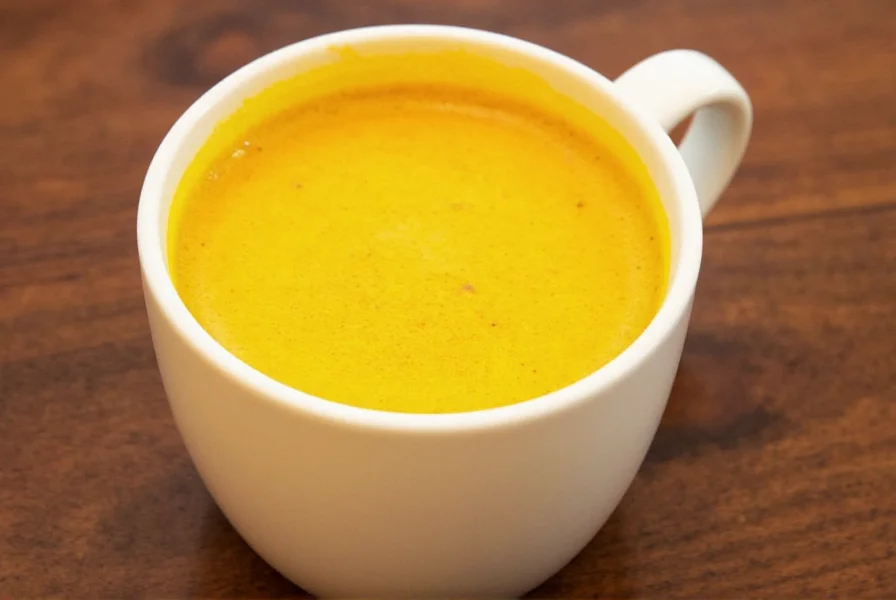A turmeric latte has surged in popularity from its ancient Ayurvedic roots to modern coffee shop menus worldwide. This vibrant golden beverage offers more than just visual appeal—it represents a convergence of traditional wisdom and contemporary nutritional science. Understanding both the cultural heritage and scientific evidence behind this drink helps separate fact from wellness fads while appreciating its genuine potential benefits.
What Exactly Is a Turmeric Latte?
Often called golden milk, a turmeric latte differs significantly from conventional coffee-based lattes. While espresso lattes feature coffee as their base, turmeric lattes use milk infused with turmeric root powder or fresh turmeric. The traditional Ayurvedic preparation known as haldi doodh has been consumed in India for thousands of years as part of holistic health practices.
Modern coffee shop versions typically include:
- 1-2 teaspoons of turmeric powder or 1-inch fresh turmeric root
- 1 cup milk (dairy, coconut, almond, or oat)
- ¼ teaspoon ground black pepper (essential for curcumin absorption)
- Optional sweeteners like honey or maple syrup
- Additional spices: cinnamon, ginger, cardamom

The Science Behind Turmeric Latte Health Benefits
Curcumin, turmeric's primary active compound, demonstrates impressive biological activity in research settings. Multiple studies published in Nutrition Journal and Journal of Medicinal Food indicate curcumin's potential to:
| Documented Benefit | Scientific Evidence Level | Recommended Daily Intake |
|---|---|---|
| Anti-inflammatory effects | Strong clinical evidence | 500-2,000 mg curcumin |
| Antioxidant capacity | Well-documented | No established upper limit |
| Pain reduction | Moderate evidence | Varies by condition |
| Mood support | Preliminary research | Requires more study |
Crucially, curcumin has low bioavailability on its own. This explains why traditional preparations always include black pepper—piperine in black pepper enhances curcumin absorption by up to 2,000% according to research in Planta Medica. Without this component, most commercially prepared turmeric lattes without black pepper deliver minimal curcumin benefits.
Traditional Golden Milk vs. Modern Coffee Shop Versions
Understanding the difference between authentic Ayurvedic golden milk and contemporary interpretations helps optimize your how to make turmeric latte at home experience. Traditional preparations use:
- Fresh turmeric and ginger root rather than powders
- Ghee (clarified butter) for enhanced fat-soluble nutrient absorption
- Whole milk rather than skim varieties
- No refined sweeteners—natural sweetness from dates or honey
- Simmered for 15-20 minutes to extract maximum compounds
Most coffee shop versions sacrifice these traditional elements for convenience, often using:
- Pre-mixed turmeric syrups with minimal actual turmeric
- No black pepper (reducing curcumin absorption)
- Excessive sweeteners (sometimes 20+ grams of sugar)
- Ultra-pasteurized milk that may reduce nutrient availability
Perfecting Your Homemade Turmeric Latte Recipe
Creating an authentic golden milk recipe that maximizes health benefits requires attention to detail. Follow these evidence-based preparation guidelines:
- Choose quality ingredients: Use organic turmeric powder (curcumin content 3-5%) or fresh turmeric root. Opt for full-fat milk or coconut milk for better curcumin absorption.
- Include black pepper: Add exactly ⅛ teaspoon ground black pepper per serving—more won't increase absorption and may cause digestive discomfort.
- Heat gently: Simmer ingredients for 10-15 minutes at 160-180°F (70-82°C). Boiling destroys some beneficial compounds.
- Add healthy fats: Include 1 teaspoon coconut oil or ghee to enhance curcumin absorption.
- Sweeten mindfully: Use raw honey or a small amount of maple syrup after cooling below 110°F (43°C) to preserve enzymatic benefits.

Optimal Timing for Turmeric Latte Consumption
Research suggests the best time to drink turmeric latte depends on your health goals:
- Evening consumption: The combination of turmeric and warm milk may support relaxation and sleep quality. A 2018 study in Phytotherapy Research noted improved sleep patterns with evening curcumin intake.
- Post-workout: The anti-inflammatory properties may aid muscle recovery when consumed within 30 minutes after exercise.
- With meals: Consuming with food enhances curcumin absorption while reducing potential stomach irritation.
Avoid drinking turmeric lattes on an empty stomach if you have gastrointestinal sensitivities. The recommended daily intake is 1-2 servings, as excessive consumption may cause digestive upset in sensitive individuals.
Important Considerations and Potential Side Effects
While generally safe, certain individuals should exercise caution with regular turmeric latte consumption:
- Medication interactions: Turmeric may enhance blood-thinning medications like warfarin. Consult your physician if taking anticoagulants.
- Gallbladder issues: Turmeric may stimulate bile production, potentially worsening gallstone conditions.
- Pregnancy: Moderate culinary use is generally safe, but therapeutic doses should be avoided during pregnancy.
- Iron absorption: High turmeric intake may interfere with iron absorption—space consumption 2-3 hours from iron-rich meals.
The European Food Safety Authority considers up to 225 mg of curcumin daily safe for adults. A typical homemade turmeric latte contains approximately 100-150 mg curcumin, well within safe limits for regular consumption.
Creating Your Ideal Turmeric Latte Experience
Personalizing your anti-inflammatory turmeric drink enhances both enjoyment and potential benefits. Consider these evidence-based variations:
- For joint health: Add ½ teaspoon ginger powder and 1 teaspoon sesame oil to increase anti-inflammatory effects.
- For cognitive support: Include 1 teaspoon MCT oil and a pinch of saffron for enhanced brain benefits.
- For digestive wellness: Incorporate ¼ teaspoon fennel seeds and reduce sweeteners to support gut health.
- For immune support: Add a small piece of fresh astragalus root during simmering for additional immune-modulating effects.
Remember that consistency matters more than perfection. Regular consumption of a moderately effective preparation delivers greater benefits than occasional consumption of an ideal preparation. Start with a basic recipe and gradually incorporate additional elements as you discover what works best for your body.











 浙公网安备
33010002000092号
浙公网安备
33010002000092号 浙B2-20120091-4
浙B2-20120091-4